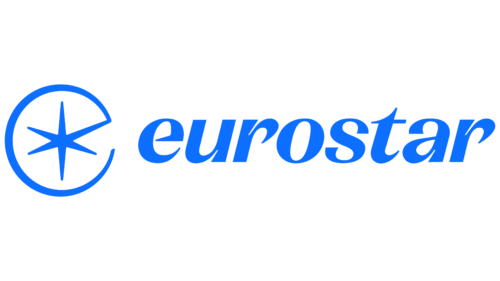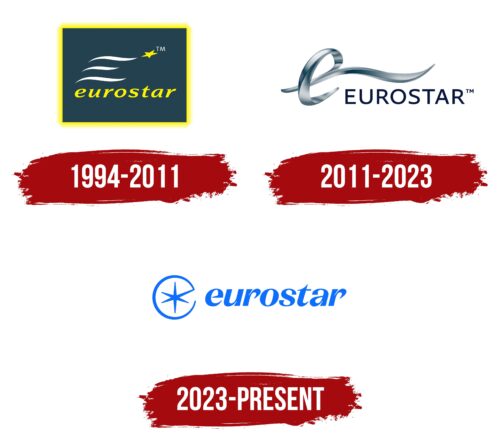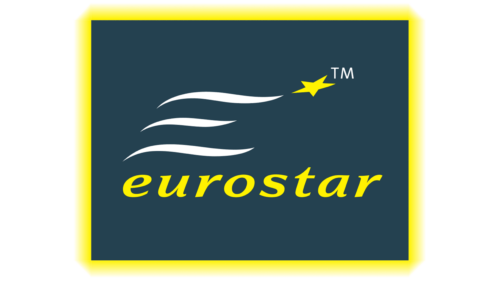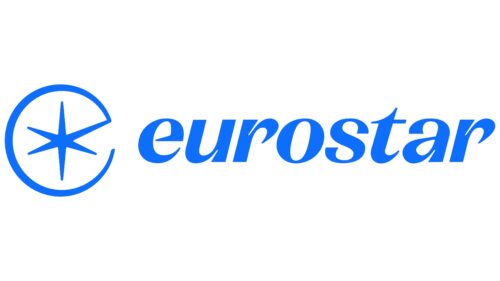Eurostar: Brand overview
| Founded: | 1994 |
| Founder: | Eurostar International Limited |
| Headquarters: | London, England, UK |
| Website: | eurostar.com |
Meaning and History
1994 – 2011
2011 – 2023
2023 – today
Eurostar color codes
| Blue | Hex color: | #0d6fff |
|---|---|---|
| RGB: | 13 111 255 | |
| CMYK: | 95 56 0 0 | |
| Pantone: | PMS 2728 C |







